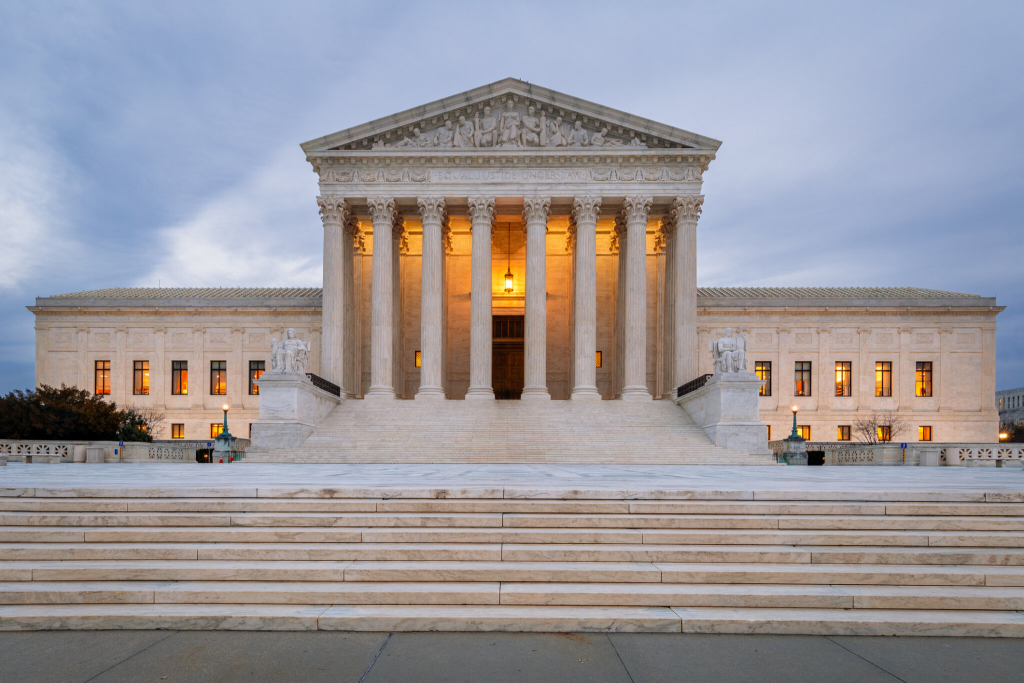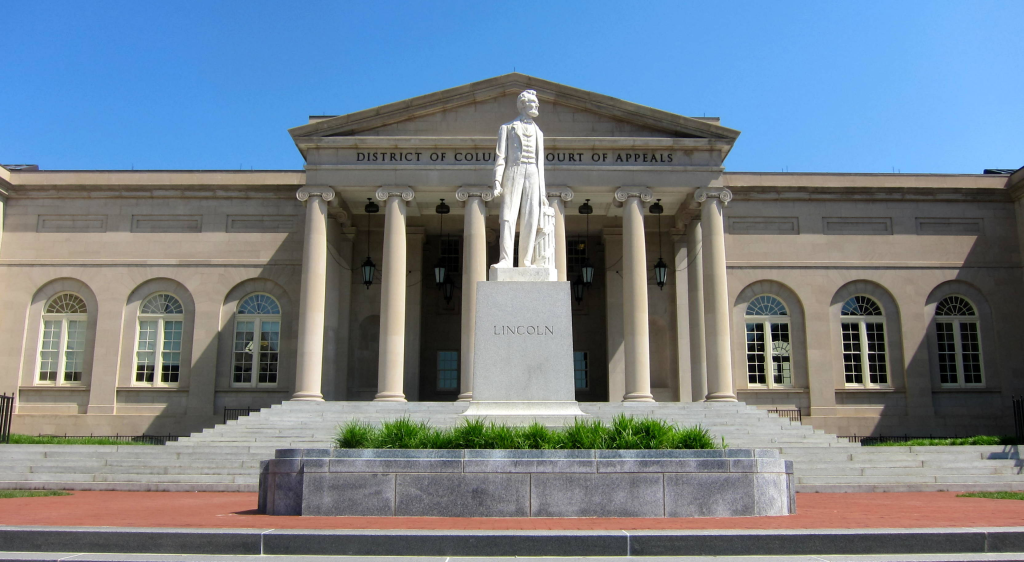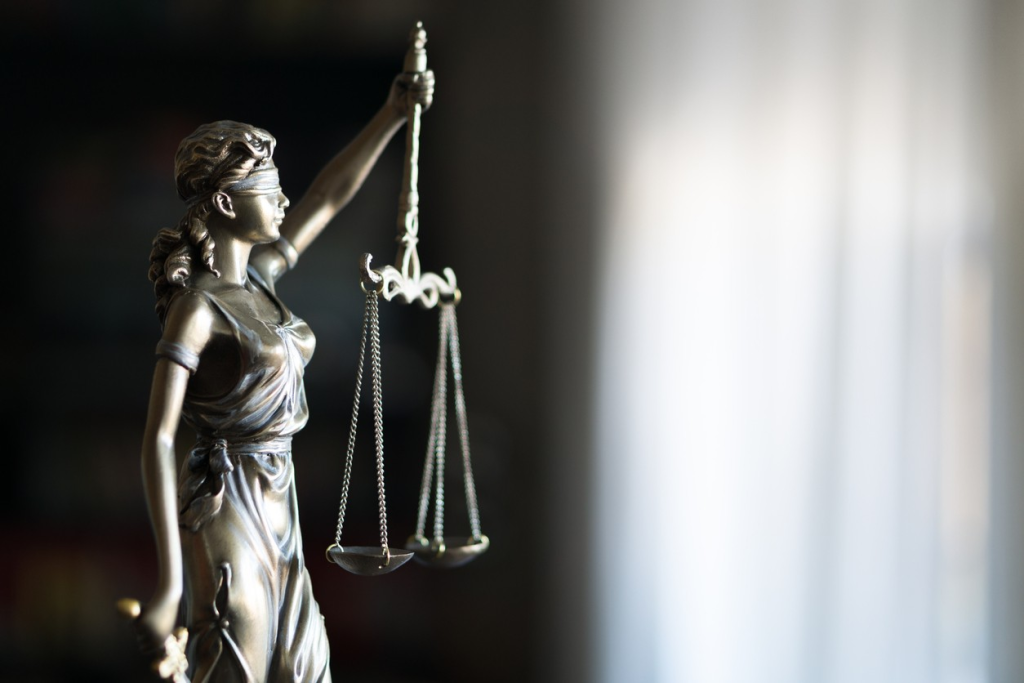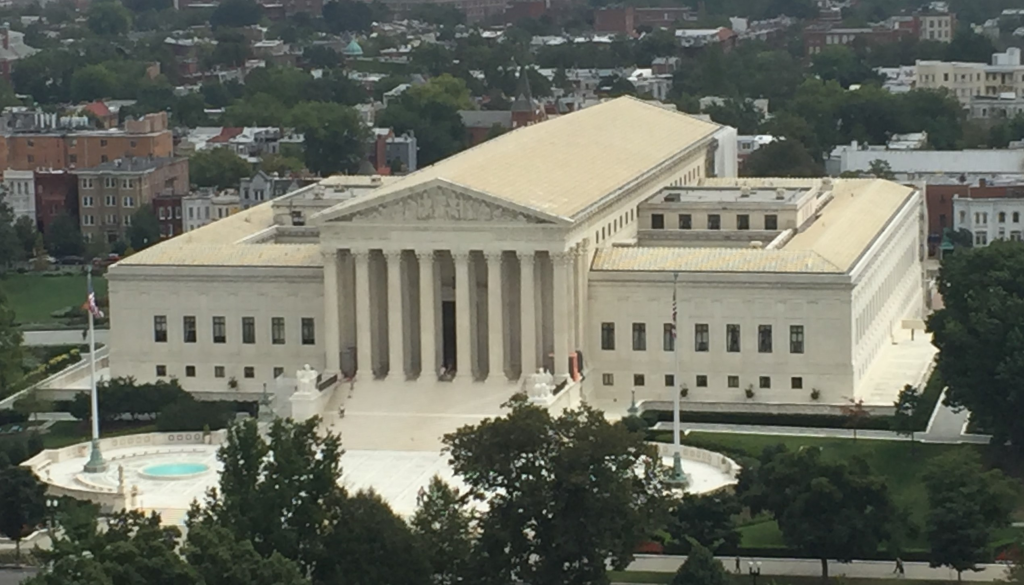
What happens when a nearly 20-year-old law gets placed on the shelf overnight not by judges or legislators, but by prosecutors? That’s the precise turn of events occurring in Washington, D.C., where the U.S. Attorney’s Office announced it would no longer prosecute solitary charges for simple possession of magazines that can hold more than 10 rounds. The ruling has stunned city officials, galvanized gun rights activists, and reopened the national debate regarding where constitutional protections stop and public safety measures begin.

This is not a back-alley fight. It’s a scorching topic in the post-Bruen era of jurisprudence, with courts, legislatures, and prosecutors questioning how to apply history-based tests to existing gun laws. From live motions in D.C. courts to cascading impacts across Washington and California, the decision gives a preview of the ways in which charging priorities can reshape the Second Amendment terrain without repeal of a single law.

1. The 17-Year Ban That’s Now in Limbo
Possession of 10-round-plus capacity magazines has been prohibited under D.C. law since 2008, and the offenses are criminal. Politicians asserted the policy would reduce the violence of shootings based on data like the 187 murders during 2024 153 were with guns and police reports of increased rifle fire at crime scenes. But in a dramatic reversal, U.S. Attorney Jeanine Pirro told the court that her office now considers the ban “unconstitutional” and will no longer actively enforce it. The action doesn’t quite strike the law from the books it simply removes the threat of federal prosecution for now.

2. A Tactical Shift Amid a Crime Crackdown
The timing is impeccable. Pirro’s office has been sending more gun cases into federal court, where punishments can be tougher, and federal authorities have confiscated 222 illegal firearms since mid-August, while MPD found 2,895 in 2024. But prosecutors are dropping stand-alone magazine cases with this increased enforcement. It’s a deployment of resources in disguise as constitutional principle prioritizing possession of illegal weapons over accessories, even those that the city still considers threatening.

3. The Legal Context: Bruen’s Ripple Effect
The Supreme Court’s 2022 decision in New York State Rifle & Pistol Association v. Bruen created a history-and-tradition test for gun regulations and prompted over 450 Second Amendment lawsuits in its first year of life. While courts have since upheld laws in about 88% of cases, judges are using Bruen to strike down longstanding regulations. Prosecutors like Pirro are reading this court climate as a warning that some bans like D.C.’s magazine limit will not survive future litigation.

4. The Benson Case That Launched the Policy
The transformation was revealed in the case of Tyree Benson, who was found guilty in 2023 of possessing a prohibited handgun and a 31-round magazine. In a surprise filing, the U.S. Attorney’s Office asked him to have his conviction for the magazine vacated, admitting it had long defended the law but now finds it unconstitutional under the Second Amendment. The Public Defender Service agreed on constitutional grounds, and while the final decision awaits coming down, the case has served as a benchmark for how quickly enforcement philosophies can change.

5. Competing Views: Arms or Accessories?
Gun rights attorney Mark W. Smith argues that magazines are “arms” since they’re a integral component to the functioning of many guns, and banning them over 10 rounds essentially bans some guns in typical use a thing he says Heller forbids. Conversely, the Washington Supreme Court just upheld its own ban, concluding that large-capacity magazines are not “arms” under state and federal constitutions and are “not essential to the core right to have a firearm for self-defense.” This split in reasoning documents the unsettled nature of the argument.

6. Safety Advocates Push Back
Organizations like GIFFORDS Law Center have described Pirro’s action as “reckless and irresponsible” to place lives in jeopardy. They cite restrictions on bringing into vulnerable zones and the role of training and licensing towards limiting harm. The public safety campaigners argue that limiting the capacity of magazines is an evidence-based practice to prevent mass shooting fatalities, according to a study by Johns Hopkins which correlates heightened capacity with heightened death. To them, the prosecutor’s argument has overlooked the gritty reality of gun violence within urban communities.

7. National Implications and the Road Ahead
Fourteen states and D.C. currently ban large-capacity magazines and all are constantly under the microscope legally. New Jersey, California, and Connecticut cases are winding their way through appellate courts, with some predicting the Supreme Court will take up the issue during the next two terms. Either way, the law in D.C. held up even to the temporary halt in enforcement a validation that prosecutorial discretion can achieve immediate effect, but stern resolution will likely happen through higher courts or legislatures. D.C.’s tardiness in implementing its prohibition on magazines is more than an intra-municipal policy tweak it’s a test case on how political and legal agendas converge with constitutional theory in real time.

Whether it creates a president for other jurisdictions or is a short-term detour will depend on the courts’ balancing of contemporary concerns about safety with earlier rights. For now, it’s a sobering reminder that in the realm of gun policy, the power to do something or to do nothing is as formidable as the laws themselves.


